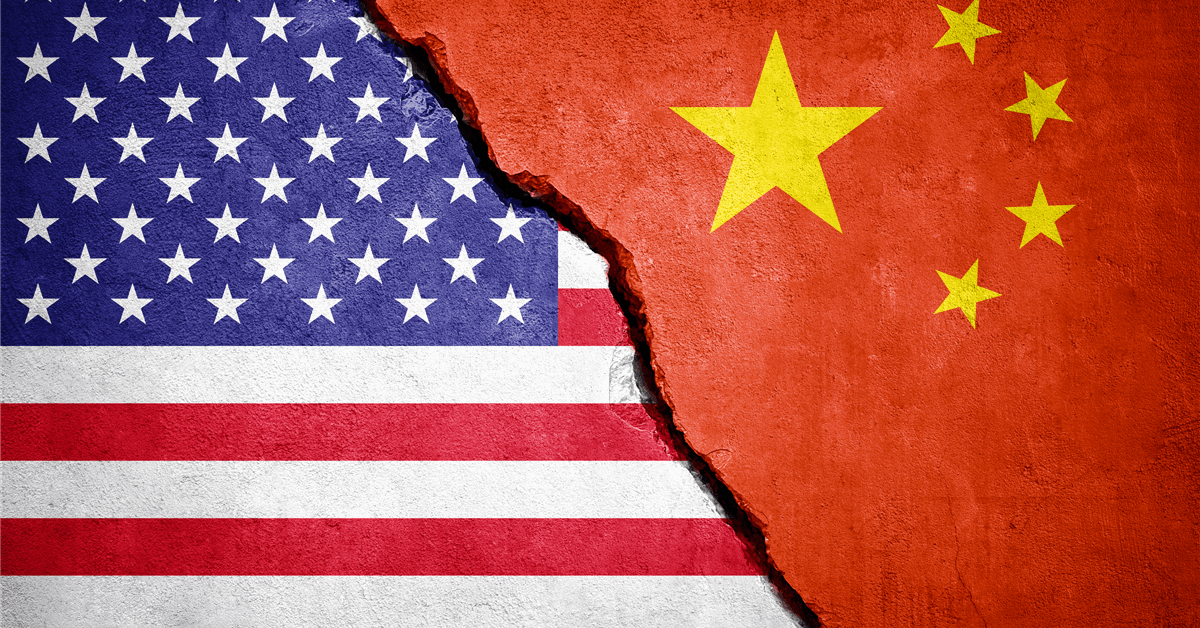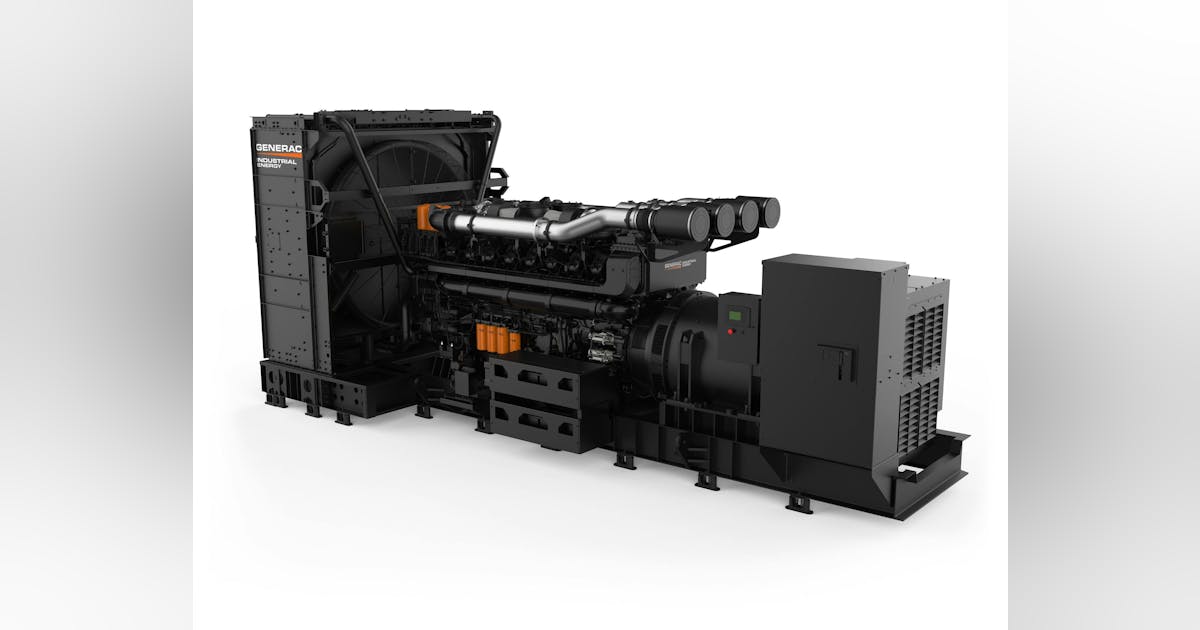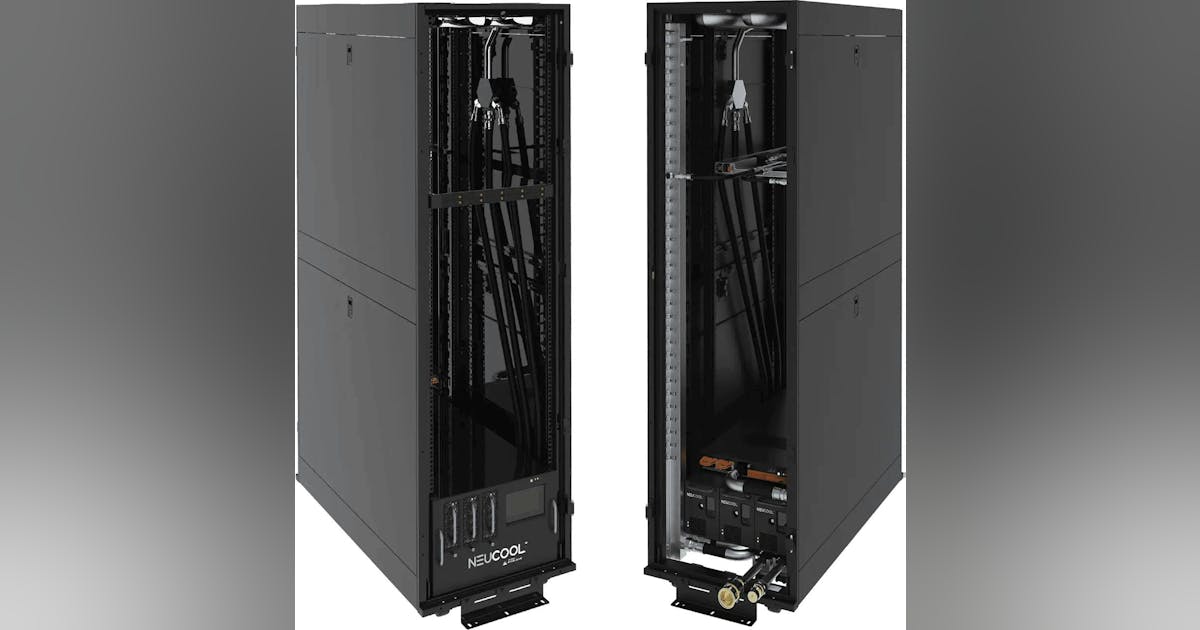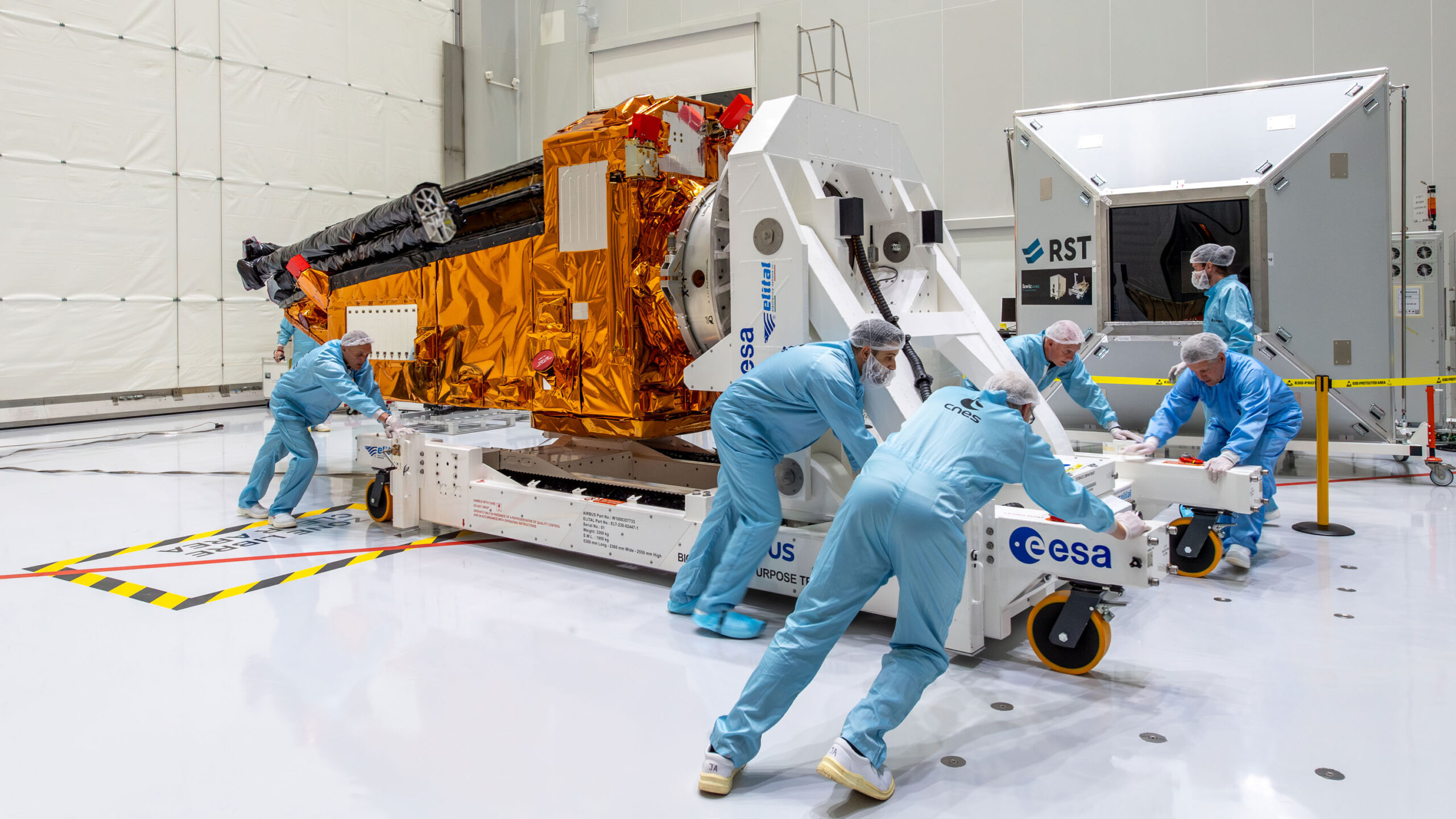
Oil extended a volatile run as investors assessed abrupt shifts in US trade policy, with futures returning to losses following a relief rally on Wednesday.
West Texas Intermediate plunged by 3.7% to settle near $60 a barrel, after flirting with a four-year low throughout the session, while Brent fell to close near $63. In the previous session, prices posted the biggest intraday gain since October. With markets in turmoil, President Donald Trump announced a 90-day halt on higher tariffs against dozens of nations, but he also raised duties on China to 145%.
Equities fell on Thursday as fresh data showing that US inflation cooled broadly in March failed to allay traders’ fears of a tariff-induced economic slowdown, further pressuring crude.
“President Trump is trying to lower inflation, and lowering energy prices is the crux of that strategy,” said Simon Wong, an analyst at Gabelli Funds. Subdued inflation would empower the Federal Reserve to cut interest rates, which would allow Trump to refinance trillions in debt at reduced rates, he added.
Oil prices are dramatically lower compared with the start of the month as the aggressive US tariff push sparked warnings of a global recession that would depress energy demand.
At the same time, the OPEC+ alliance committed to loosening output curbs at a faster pace that expected, spurring concerns about a bigger global glut. Kazakhstan, which has repeatedly exceeded its production limits, is again holding negotiations with oil companies on cutting output to comply with its quota, according to Interfax.
China is the largest oil importer, and the higher US levies may weigh on the nation’s consumption of fuels and petrochemicals. Even before Trump’s return to the White House, usage of gasoline and diesel had been contracting, in part because of a drawn-out property crisis, and in part because of the spread of electric vehicles and renewables.
In a reflection of the nation’s deep-seated economic challenges, data earlier on Thursday showed that consumer deflation extended for a second month in March, while factory deflation persisted for a 30th month.
Elsewhere, the US lowered its forecasts for domestic production and global oil demand growth. The Energy Information Administration prepared these projections prior to Wednesday’s tariff news.
Parts of oil’s futures curve remain in contango, a bearish pricing pattern that’s characterized by nearer-term contracts trading at a discount to longer-dated ones. Brent for February 2026 traded below rates for subsequent months.
Oil Prices:
- WTI fell 3.7% to settle at $60.07 a barrel in New York.
- Brent slid 3.3% to settle at $63.33 a barrel.
What do you think? We’d love to hear from you, join the conversation on the
Rigzone Energy Network.
The Rigzone Energy Network is a new social experience created for you and all energy professionals to Speak Up about our industry, share knowledge, connect with peers and industry insiders and engage in a professional community that will empower your career in energy.
MORE FROM THIS AUTHOR
Bloomberg























